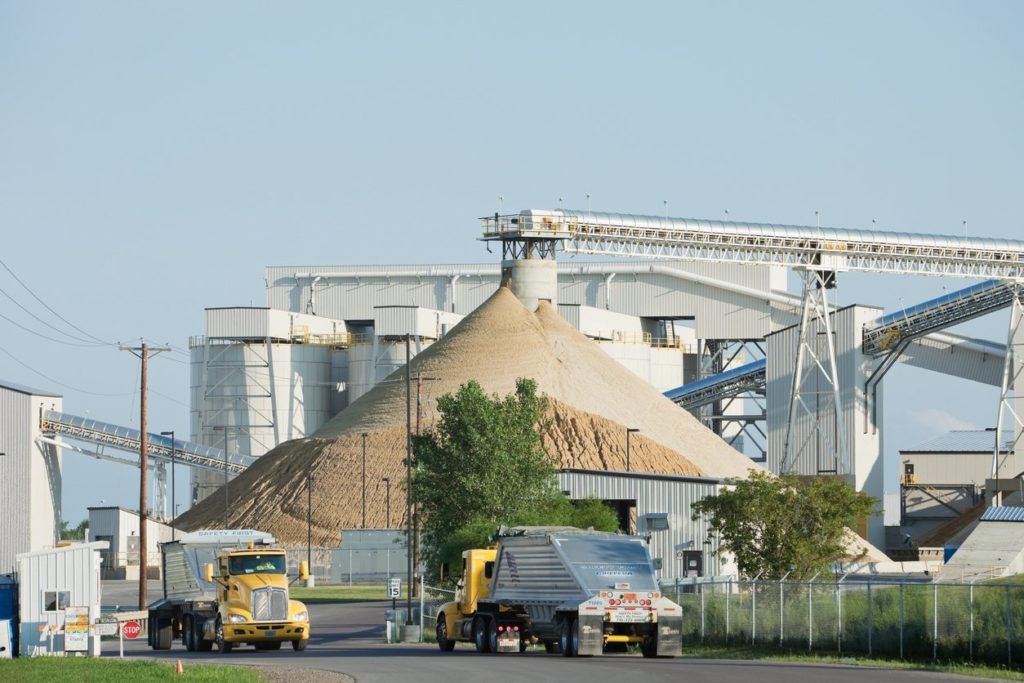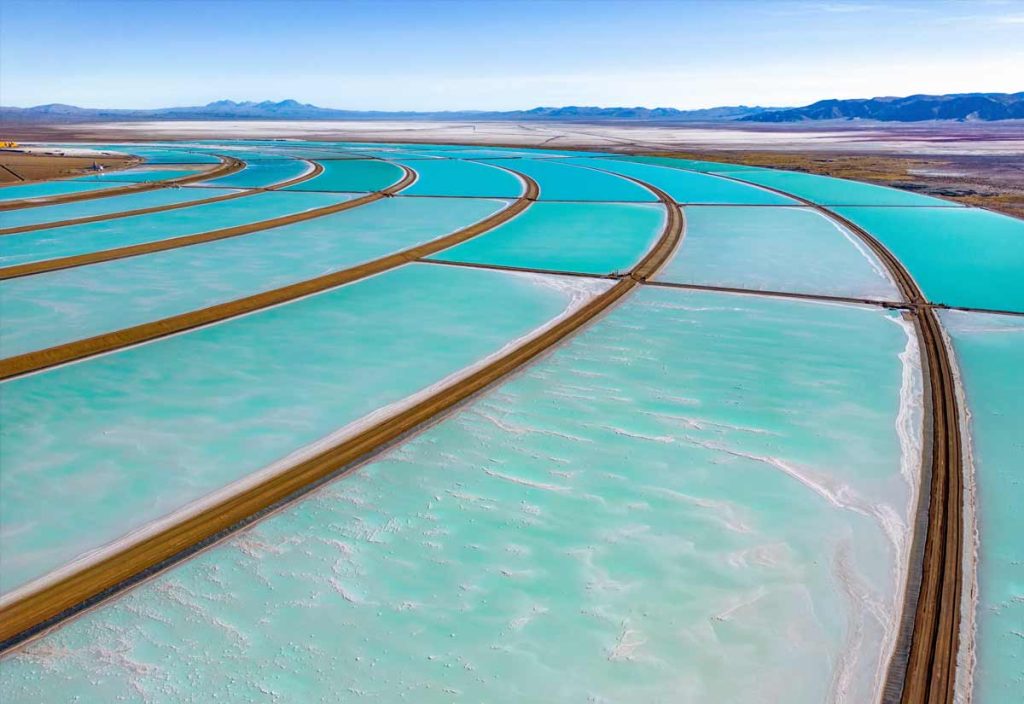West Texas is experiencing an oil and gas drilling boom—this latest rush is attributed to techniques like horizontal drilling and hydraulic fracking.
Fracking involves pumping a slurry of water, sand, and other chemicals deep underground. The force creates cracks or fractures in the shale rock formations, releasing oil or natural gas that was trapped inside. The sand then acts as a proppant, wedging into the cracks and supporting the opening while the petroleum is pumped out.
Geologically superior sand found in northern Wisconsin and throughout the Midwest is still preferred by many in the industry. However, frac sand mining operations in West Texas are increasing.
There are a couple of very good reasons for this is. First, fracking operations in Texas have put a strain on frac sand supplies, causing a shortage. The resulting demand necessitates that the industry looks for solutions elsewhere. And second, any time you’re able to source raw materials locally, the cost-savings is remarkable.
Demand for Frac Sand in West Texas
As fracking operations continue over time, the sand required for each well increases—as wells get deeper and longer. In West Texas, the consumption of sand for each well has increased from 1,500 to 25,000 tons in recent years.
The quest for energy independence has made hydraulic fracking an attractive solution for many decades. Traditionally, frac sand was brought in from the Midwest. But transporting that much sand thousands of miles into Texas is not only costly, it’s also a logistical nightmare.
Talk of fracking sand shortages fueled the need to find an economical, more sustainable, solution.
The Bottomless Basin?
Until horizontal drilling and hydraulic fracking, the gas and oil output from the Permian Basin had fallen flat. These techniques increased oil recovery from between five and seven percent in 2016 to 15-20 percent by 2017.
Scott Sheffield, CEO of Pioneer Natural Resources, believes the Permian will become the biggest oilfield in the world, larger even than the Ghawar Field in Saudi Arabia. So far, the Permian has yielded close to 30 billion barrels.
However, Sheffield believes it may have 160 billion barrels yet to give.
According to a CNBC report, the Permian Basin will soon become the third-most prolific oil-producing region in the world. The draw from the basin is expected to double by 2023. At 5.4 million barrels per day, production would surpass the output from all other nations except Saudi Arabia and Russia.
Currently, the output levels are around 3.2 million barrels per day, making the Permian more significant than oil-producing countries like Kuwait, Nigeria, and Mexico.
The Availability of Sand in West Texas
The sand mines in the Permian Basin operated by Hi-Crush and Alpine Silica, have a capacity of 3 million tons of sand per year. A third mine belonging to Aequor has a capacity of about 2.5 million tons. West Texas sand is siltier than the Midwestern or Northern White supplies, and questions exist about efficacy over the long-term.
However, early indicators show no difference in oil and gas production while using the locally sourced fine-grade sand. In fact, the more that is pumped down into a fracture, the more oil the well produces.
Meeting Demands and Lowering Costs
Last year, Chris Gatjanis of Halliburton declared that West Texas sand mines could slash sand costs by 40 percent, in turn, lowering the breakeven costs of the wells. We know that companies will eventually turn to the sand that produces the greatest economic return. Considering that rail transportation costs make up around 50 percent of the price, it’s difficult to justify using Northern White sand.
It’s evident that use of local sand lowers the costs of bringing oil wells into production. But its use is not without uncertainty. In subsequent articles, we’ll be discussing some of the geographical, geological, infrastructure, and workforce challenges associated with frac sand mining in West Texas.
Resource Erectors is your authority on mining, minerals processing, construction materials, manufacturing, and engineering industries. To discover how our recruiting services can help you acquire and retain the best candidates connect with us today.








